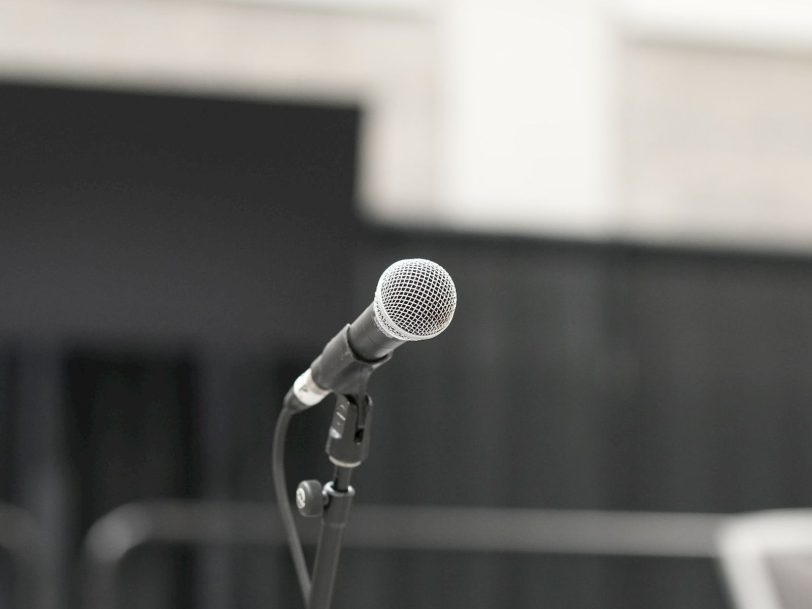What is a dynamic microphone?

The dynamic microphone has become very popular on Twitch and YouTube, two streaming platforms where they are seen in the form of the Shure microphone. The main features of these microphones are their low sensitivity, slow response, no external power supply and high resistance.
Dynamic microphones are not new, but they are becoming more and more used, although their setup is often more complex. They do not require external power, but usually do require an external audio interface or sound card as they use XLR as ports. With all this, they are used by many publishers.
What is dynamic microphone?
The dynamic microphone consists of a diaphragm, a voice coil and a magnet formed by an electric generator. As the voice coil vibrates in unison, the waves hit the diaphragm, which vibrates to this “effect”. And around this coil there is a magnetic field that exists by said magnet. The vibration of the voice coil and the magnetic field create the electrical signal (sound) received by the microphone.
It can be used at concerts, recording studios, radios, etc. they are used. because they have certain properties that make them suitable for a particular use. But be careful in recording studios because you may see condenser microphones and this is not a misuse.
Features of a dynamic microphone
To learn more about what a dynamic microphone is, it is necessary to look at its characteristics that determine what it is suitable for:
- They are inexpensive and have a simple/basic structure.
- No battery/battery required, no external power required.
- They are very resistant to temperature or humidity.
- They tolerate high sound pressure levels.
- They offer excellent sound quality.
- Most use the XLR interface, although there are some that use the USB interface.
- This means it has to use an audio interface (in the case of XLR cables).
- Most of them have cardioid polar standard. In fact, SHUREs are also cardioid.
Usage areas of dynamic microphone
Given the features of these microphones, it would be nice to know in what conditions it is best to use them. It’s not about saying whether dynamic or condensing is better, but about saying which is more appropriate in certain situations.
- Publishing. Using a dynamic microphone is very helpful because at a certain moment we can shout or raise our voices, which means having a very suppressed sound source. Add to this the quality sound transmission these microphones have.
- Concerts. Singers and other constituents of a band consider a dynamic microphone to be their greatest allies because it is very resistant, needs a lot of voice, and its directivity allows only the sound source to be captured from the artist/guitarist/drummer/etc, not background noise.< /li>
- ASMR? This type of content requires a microphone that captures all the nuances of a sound, no matter how small. In this sense, I recommend a condenser microphone, not a dynamic microphone.
- Video conferences? You don’t need a dynamic microphone for this, you just need a simple condenser microphone with noise canceling.
- Radio and studio. I’ll be careful when I say that dynamic microphones can be very interesting to radio, especially if there’s laughter, shouting, or any change in sound meaning a higher volume. There is more discussion in terms of usage, and the truth is we find it both intensifying and dynamic.